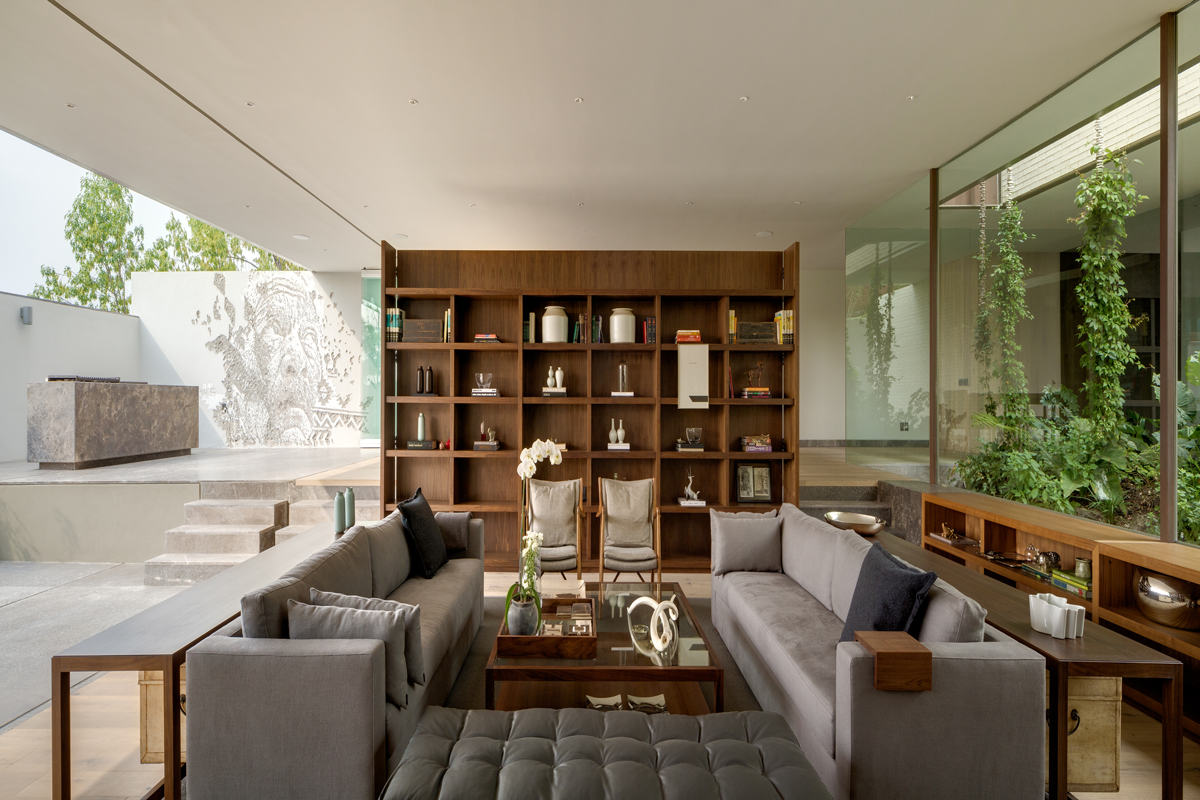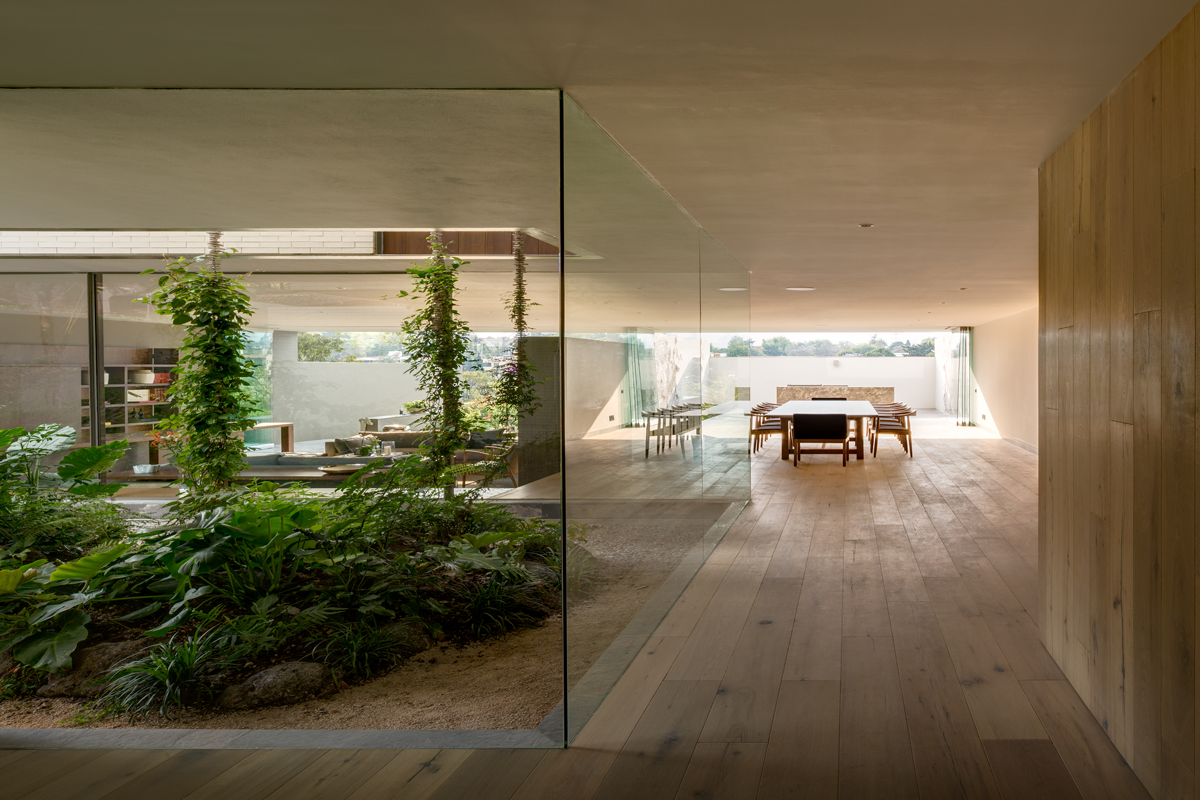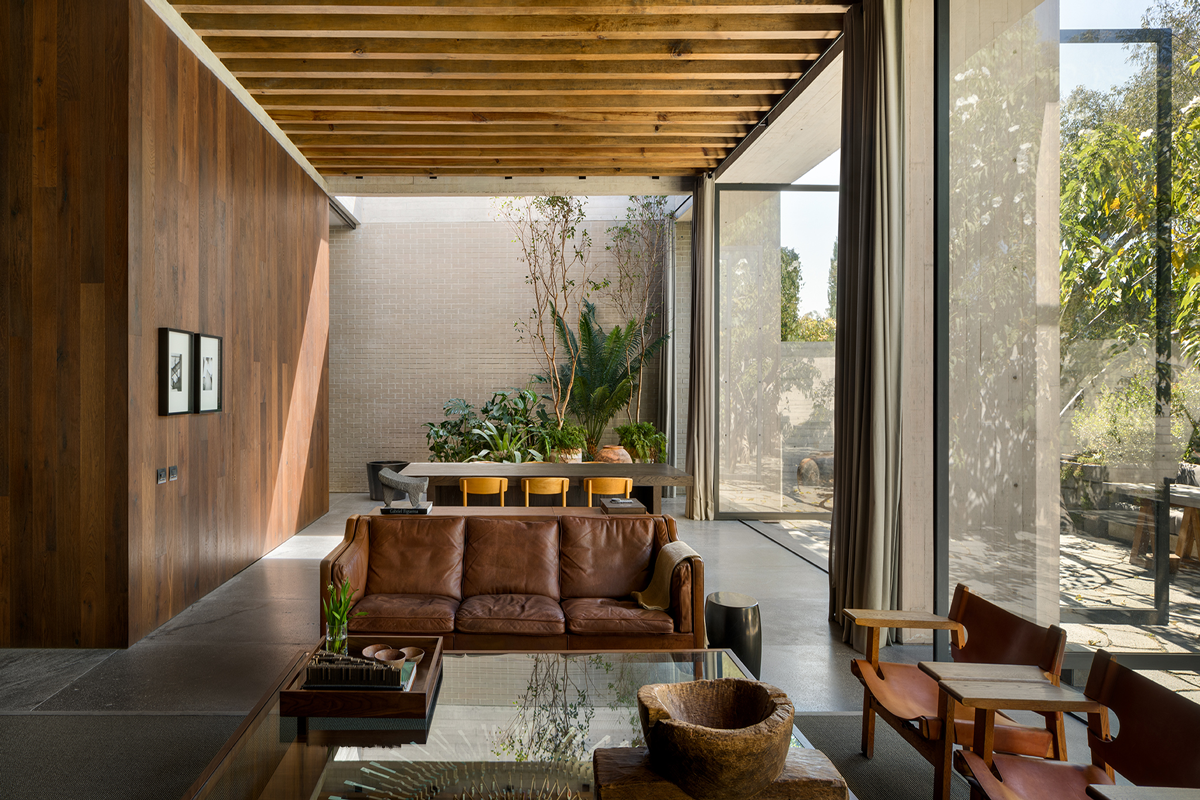There are numerous examples of works that show that creative collaboration tends to enhance projects. We believe that the current situation deserves to point out the multiple benefits we get when we build fruitful cooperative relationships. This was the topic discussed by Manuel Cervantes and Rafael Rivera during Arca Talks.
Manuel Cervantes is a renowned architect for his works with marked rhythms and a language that is influenced by the environment. Interior architectural design by Rafael Rivera lives within his projects, who is part of Habitación 116. Their collaborative works began a decade ago, and through them they have both reflected and valued the meaning of these work and personal relationships.

During the talk, Manuel and Rafael spoke about the way in which through the 20th century, great design masters offered us some of their best works through associations. This is the case of Clara Porset’s furniture in the works of Luis Barragán and other architects, adapting not only the client, but also the region where they were made. On the other hand, Le Corbusier, Pierre Jeanneret, and Charlotte Perriand created a team that revolutionized the creation of modern industrial design. These results show the potential in collaborations and must be an incentive to collaborate further today.

What does collaboration means to you?
MANUEL CERVANTES: To me, to collaborate is having an opportunity to learn.
He says that collaborating in his practice has been a decision made with the purpose of enhancing his work, to learn, and get to know new perspectives. He considers that by working alone, always from the same angle, we have the risk of self-copying ourselves and not to reflect on our work. Collaboration allows for reinvention and leads to the creation of a creative language.
MC: Being on top must lead to a vertigo and a sense of loneliness that I would not want to experience.
RAFAEL RIVERA: Collaboration is part of our firm’s daily life. I do not believe in ephemeral collaborations, it is in the long-lasting ones where there is further growth for both studios. Collaboration teaches us to share ideas, feelings, and concepts that make you grow both as an individual and as a firm.

How do you make a successful collaboration?
Both Manuel and Rafael share the opinion that their own collaboration works “because they live for their profession, not from what it makes them”. There is a mutual admiration that allows them to share ideas and develop them with confidence and freedom. They consider that interior architecture is a timeless extension of architecture itself. There is no line to limit the beginning and end of an interior design work, but a continuous exercise that makes us move forward in parallel.
To Manuel, for a collaboration to be successful, four elements should be present: respect, trust, admiration, and friendship.
MC: Understanding respect for the other is fundamental for a collaboration, as a person and as a creative individual. We must have the ability to trust and admire different criteria so we can create something new and different, not to fall into the same thing. The relationship shall be based on caring, this allows you to create bonds that go beyond the professional relationship.
Collaborate with someone who shares your philosophy of life, not a professional philosophy. - Rafael Rivera's advice.
RR: Long-lasting collaborations are those that seek to create a creative exchange and not an economic one. It is important to be close to people you respect and admire and to create deep connections.
Rafael considers that a great collaborating opportunity is found in specialties, since labor ramification forces us to look for information sources in our colleagues. The same applies to craftspeople, whose trade is an essential part of architecture.

Client as collaborators
In their experience, both Rafael and Manuel have crossed paths with clients who provide valuable ideas and knowledge for the project. To them, “there are no good works, but good clients”.
MC: Some clients become collaborators. They have the disposition to learn and offer enriching ideas.
RR: Collaboration shall happen with people you can connect with. It is not necessary to work in the same field when you collaborate with someone with the sensitivity to offer good ideas. We must gather people, not trades.

Reflections on COVID 19
As with all the people privileged enough to have been able to stay home, the quarantine has offered us the opportunity to reflect. For Manuel and Rafael it has been a space to think once again the way in which they practice their profession and the line of action they will follow when this is over.
I believe that a relevant question is what we are doing to overcome the economic crisis (…). We have been talking to other architect friends about the opportunities to visualize our work in something that focuses on a collective, public interest, not so much on the individual one. We are trying to understand what we can do regarding housing, social, and emergency topics and in different sectors than our own. Or how to make furniture production local and how to connect our work with other economies. - Manuel Cervantes
RR: We started out by talking about our collaboration, but perhaps this is the result, that when the pandemic ends, we will be obliged to think in collaborating with people not only from our discipline, but also with craftspeople, and try to distribute the work among all of us.


